In the world of manufacturing and workshop tasks, the efficacy of tools can be the difference between a job well done and a mishap. Among these, the humble toggle clamp might not be the star of the show, but its role cannot be understated. Ensuring you select the right toggle clamp for your specific needs is paramount.
When selecting a toggle clamp, it’s essential to consider the size and shape of the parts being held, the strength of the operator, the speed required for clamping, the specific conditions of the production environment, and the need for corrosion resistance. Stainless steel clamps can be ideal in environments prone to corrosion, while the design and holding capacity should match the part’s dimensions and the operator’s strength. Ensure the chosen clamp complements the operational speed without compromising on safety or functionality.
Delve deeper to find the best fit for your unique requirements and ensure smooth operations.
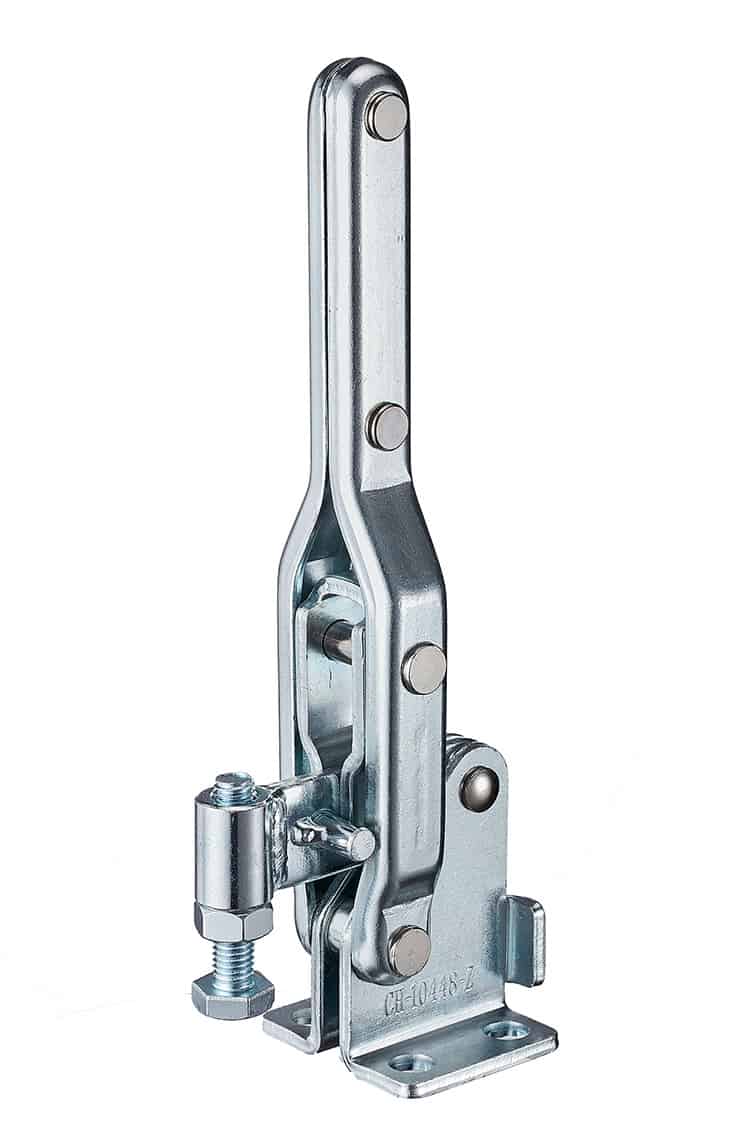
What are the size(s) and shape(s) of the parts needing to be held?
Understanding the dimensions and geometry of the parts you’re working with is crucial. The design of a toggle clamp is often suited to grasp certain shapes more effectively than others.
For flat, broad surfaces, a straight-line action clamp might be ideal. Conversely, for round or irregularly shaped objects, you might require a pull-action clamp that can adapt to the curvature. Beyond shape, ensure that the holding capacity of the clamp aligns with the size of your parts. Too small, and you risk improper grip; too large, and you might overcompensate, leading to potential damages or inefficiencies.
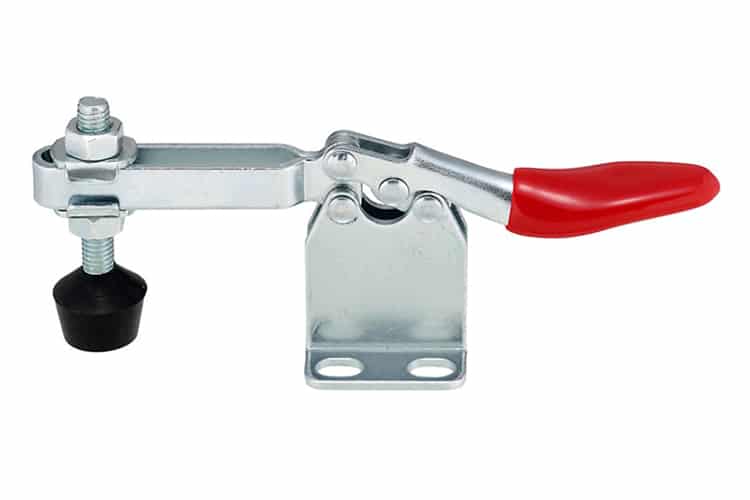
What is the strength of the toggle clamp operator?
Every toggle clamp has a maximum holding capacity, typically indicated in pounds or kilograms. While it’s essential to ensure the clamp can handle the weight of the part, considering the strength of the operator is equally crucial.
A strong operator might find a heavy-duty clamp effortless to engage and disengage, but a less robust operator might struggle. Balance is key. Select a toggle clamp that provides sufficient holding power without being too strenuous for regular operation.
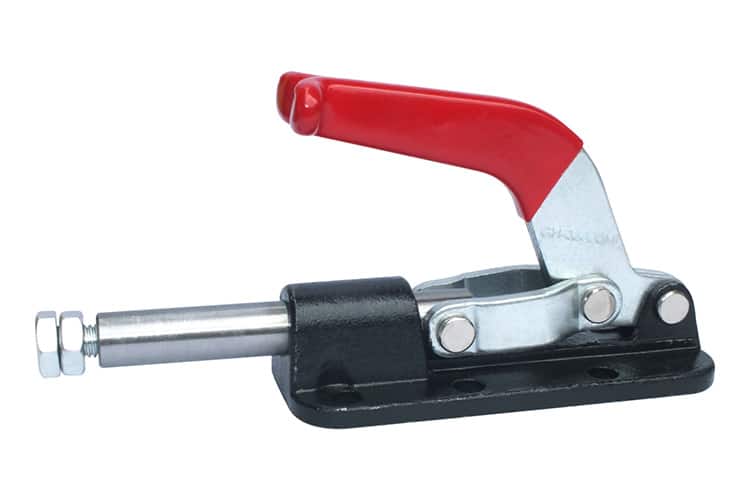
How fast am I needing the toggle clamp to operate?
Time efficiency can significantly impact productivity. If your operations require rapid clamping and unclamping, then the speed of the toggle clamp’s operation becomes a vital consideration.
Look for clamps with quick-release mechanisms or those designed for high-speed applications. Remember, however, that speed shouldn’t compromise the safety or integrity of the work. Ensure that the clamp securely holds the part in place during the entire operation.
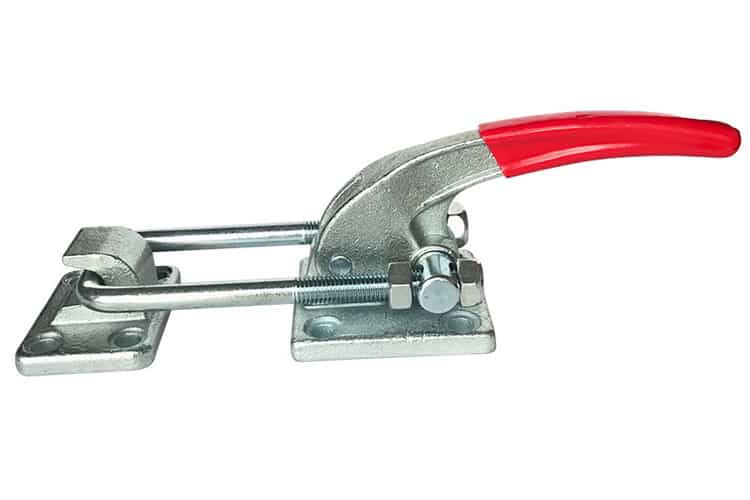
What is my production environment like?
The conditions of your workspace can drastically influence the type of clamp best suited for you. For instance, a workshop laden with heavy dust or particles might warrant a clamp with fewer crevices where particles can accumulate.
Additionally, consider factors like temperature, moisture, and chemical exposure. Some clamps might be made of materials prone to warp or degrade under certain conditions, which can compromise their functionality and lifespan.
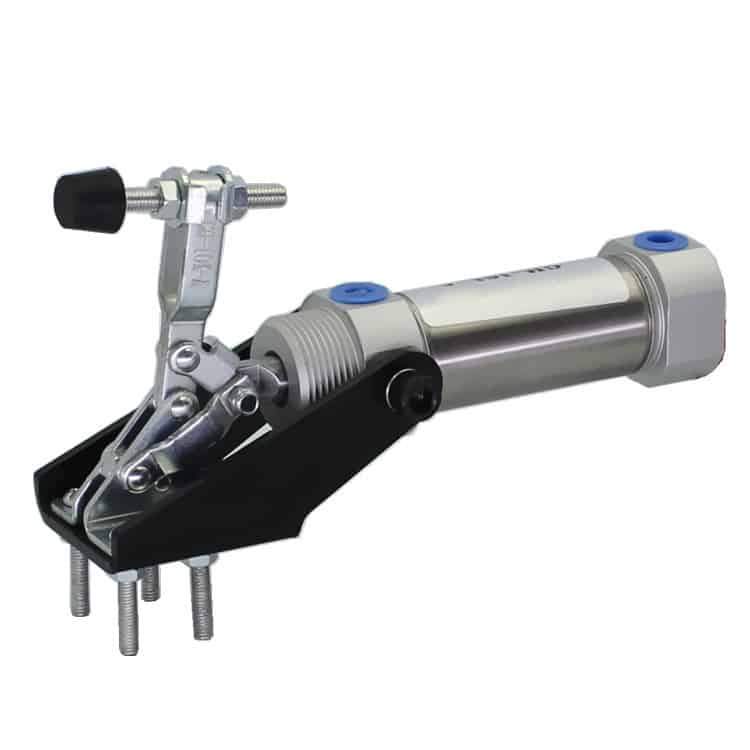
Do I need a stainless-steel action clamp to resist corrosion?
If your production environment exposes tools to moisture, chemicals, or other corrosive agents, corrosion resistance becomes a priority. Stainless steel, known for its anti-corrosion properties, is an excellent choice for such settings.
However, it’s also crucial to evaluate the cost versus benefit. Stainless steel clamps tend to be pricier. If your environment doesn’t pose a high risk of corrosion, other durable materials might suffice and be more cost-effective.
Conclusion
Selecting the right toggle clamp hinges on a deep understanding of both the tool’s features and your unique requirements. By considering the factors discussed, you can ensure a harmonious, efficient, and safe working process.
You might also be interested:
